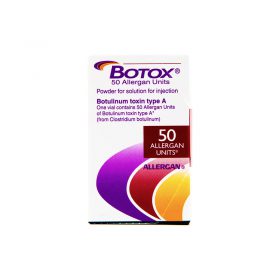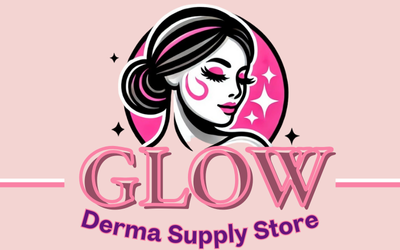JUVÉDERM® ULTRA 3 Indications for Use
JUVÉDERM® ULTRA 3 is an injectable dermal filler based on hyaluronic acid that is intended for mid and deep dermal injections to improve lip volume and definition and treat moderate to deep facial creases. Lidocaine is used in the product’s formulation to lessen patient discomfort while receiving therapy.
Important Signs:
- repairing mild to severe facial hollows
- Enhancement and contouring of the lips
- Deep and middermal injections to improve the appearance of the face
Using lidocaine to lessen pain during procedures
JUVÉDERM® ULTRA 3 is packaged in a pre-filled, sterile, and disposable syringe containing 1 mL of product. Each box includes two syringes and 4 single-use 27G1/2” needles.
Composition:
- Hyaluronic Acid (HA): 24 mg/mL
- Lidocaine Hydrochloride: 3 mg/mL
- Phosphate Buffer (pH 7.2): q.s. 1 mL
- Volume per syringe: 1 mL
The cross-linked hyaluronic acid used is non-animal in origin, making it biocompatible and effective for long-lasting results.
JUVÉDERM® ULTRA 3 Side Effects and Precautions
Before beginning treatment, patients should be informed of the possible negative effects of JUVÉDERM® ULTRA 3, as is the case with all dermal fillers. Even if the majority of side effects are minor and transient, it is crucial to take into account each patient’s unique history.
Common Side Effects:
- Inflammatory reactions: Redness, swelling, or tenderness at the injection site that may last up to a week.
- Bruising: Potential for hematoma formation, especially in patients on blood thinners.
- Induration or nodules: Small lumps may form at the injection site.
- Discoloration (Tyndall effect): Blueish tint may appear if the product is injected too superficially.
- Poor filling effect: In some cases, the filler may not provide the desired volume enhancement.
Serious Risks (though rare):
- Intravascular injection: Can lead to embolism, occlusion of vessels, ischemia, or infarction. Signs like blanching of the skin, unusual pain, or vision changes during or after injection require immediate medical attention.
- Necrosis and stroke: Tissue damage or more severe vascular complications, including temporary or permanent blindness, cerebral ischemia, and cerebral hemorrhage, have been reported.
Precautions:
- Avoid using JUVÉDERM® ULTRA 3 in the periorbital region (eyelids and crow’s feet) or glabellar area (forehead).
- Patients with a history of autoimmune diseases, severe allergies, or hypersensitivity to hyaluronic acid or lidocaine should undergo a skin hypersensitivity test.
- Patients on anticoagulants (e.g., warfarin, aspirin) or non-steroidal anti-inflammatory drugs (NSAIDs) should be advised about increased risks of bleeding and bruising.
- Pregnant and breastfeeding women, as well as children, should not undergo JUVÉDERM® ULTRA 3 injections.
In both clinical trials and practical applications, it has proven to be highly effective. Results from the hyaluronic acid filler are noticeable right away, and the complete effects take a few days to manifest. The majority of patients express great pleasure with the outcomes of clinical examinations, especially when it comes to lip augmentation and the treatment of nasal folds.
Results Duration:
Lasting effects for 9 to 12 months, depending on factors such as the injection technique, patient metabolism, and treatment area.
JUVÉDERM® ULTRA 3 Drug Interactions
While JUVÉDERM® ULTRA 3 is generally safe, it is essential to be cautious about possible interactions, particularly due to the lidocaine component.
Important Considerations:
- Avoid using in patients taking medications that reduce hepatic metabolism, such as cimetidine or beta-blockers, as they can interfere with lidocaine metabolism.
- Care should be taken in patients with cardiac conduction disorders, as lidocaine can exacerbate these conditions.
- Ensure the patient is not using NSAIDs or other medications that can prolong bleeding time, as this increases the risk of bruising and hematoma formation.











Reviews
There are no reviews yet.